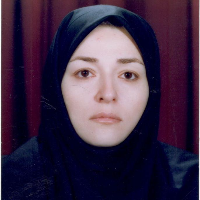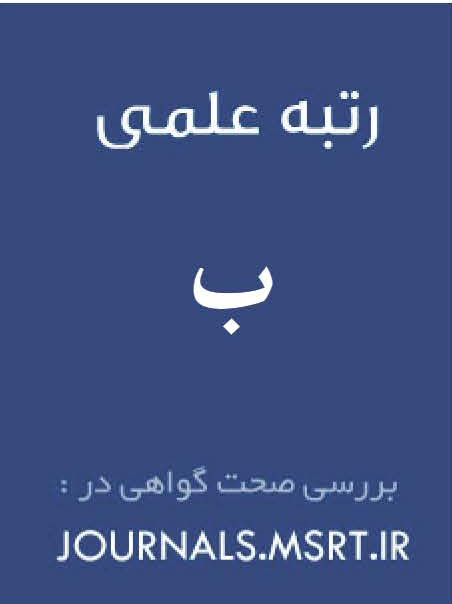دربارهی مجله
مجله روانشناسی انگیزش، رفتار و سلامت یک نشریه علمی-پژوهشی بینالمللی با دسترسی آزاد (Open Access) است که بهصورت فصلنامه منتشر میشود و به انتشار مقالات با کیفیت بالا در حوزههای روانشناسی انگیزشی، علوم رفتاری و روانشناسی سلامت اختصاص دارد. این مجله بستری برای تعامل علمی میان پژوهشگران، متخصصان سلامت، روانشناسان و علاقهمندان به مطالعات رفتاری فراهم میآورد تا با بررسی فرآیندهای انگیزشی و پیامدهای رفتاری و سلامتمحور، به تولید دانش نوین بپردازند.
مجله از مقالات پژوهشی تجربی، نظری، مروری و روششناختی استقبال میکند و پذیرای روشهای متنوع پژوهشی از جمله کمی، کیفی، ترکیبی، تجربی، طولی و مداخلهمحور است. همچنین مقالات مفهومی و فراتحلیلها نیز مورد پذیرش قرار میگیرند.
فرآیند داوری در این مجله بهصورت داوری دوسوکور و توسط دو یا سه داور متخصص انجام میپذیرد تا اعتبار علمی، نوآوری و اصالت مطالب منتشرشده حفظ شود. مقالاتی که با رویکرد میانرشتهای به تعامل روانشناسی با علوم سلامت، آموزش، جامعهشناسی، علوم اعصاب یا اقتصاد رفتاری میپردازند نیز در اولویت قرار دارند.
درباره مجله " روانشناسی انگیزش، رفتار و سلامت"
- صاحب امتیاز: انجمن مطالعات هوش و استعداد ایران
- وضعیت چاپ: الکترونیکی
- دوره چاپ: فصلنامه
- زبان مجله: فارسی همراه با خلاصه مبسوط انگلیسی
- نوع مجله: علمی- پژوهشی
- دسترسی به مقالات: رایگان
- نوع داوری: دوسو ناشناس (حداقل دو داور)
- مدت زمان بررسی اولیه: 3 الی 5 هفته
- زمان داوری: 2 تا 3 ماه
- هزینه داوری: ندارد
- ایمیل مجله: admin@journaltesd.com













